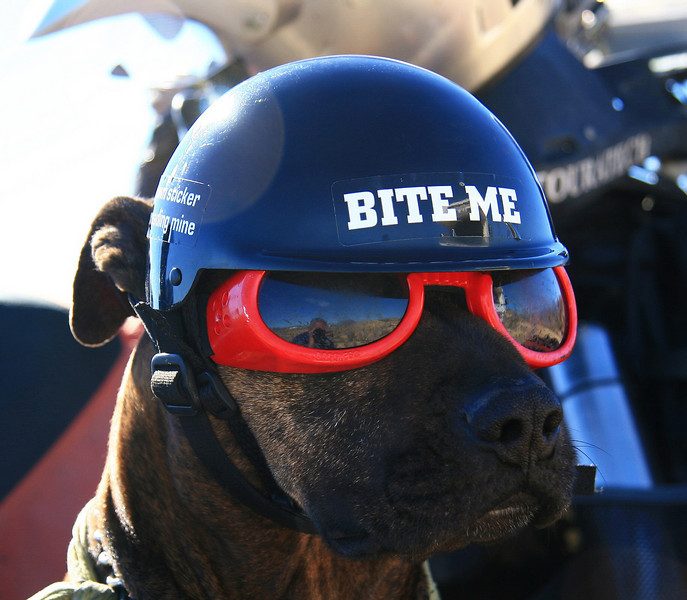Reason I asked the simple question up front and have watched this free for all since is exactly what Southern Cruizer pointed out in the problem: the treadmill is MATCHING the speed of the airplane wheels.
There IS friction in the bearings of the wheel, and because of that, the treadmill exerts a backwards force on the plane. The question seems to be whether the forward vector of the plane created by the thrust of the prop or jet is equaled by the reverse vector of the plane created by the treadmill (given the friction of the wheel bearings transmitting some of the force of the treadmill to the plane).
Seems to me this question is answered in the affirmative by the problem, though, since the wheels and treadmill are defined to be moving at the same speed. If the airplane is moving forward (generating airspeed and lift via differential air pressure over and under the wings), then the wheels MUST BE spinning faster than the treadmill. To stay within the parameters of the problem, the treadmill needs to speed up to match the wheel speed, until the friction of the wheel bearings is sufficient to overcome the thrust of the plane and keep it at a standstill with no airspeed. No airspeed = no fly.
Looking forward to the namecalling to follow here.





















































